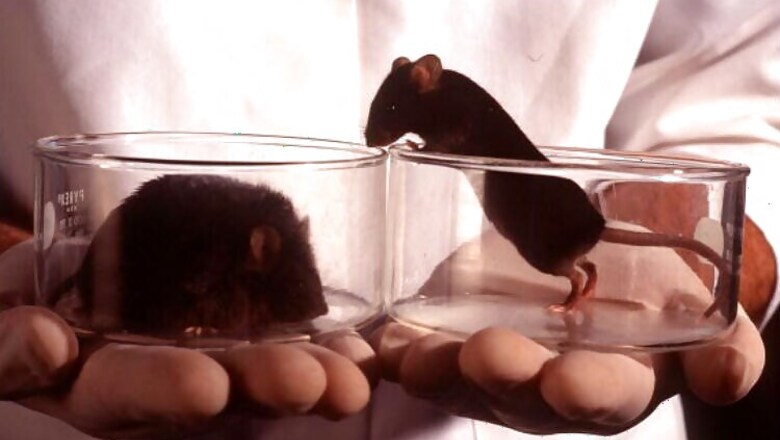
views
Washington: Lab mice that spent just two weeks in space returned to Earth with early signs of liver disease, scientists have found, raising concerns about how long-term spaceflight and future missions to Mars may affect the health of astronauts.
The mice studied spent 13.5 days aboard NASA's space shuttle Atlantis. When they returned, researchers collected liver samples. They found that spaceflight appeared to activate specialised liver cells that may go on to induce scarring and cause long-term damage to the organ.
"We saw the beginning of nascent liver damage in just 13.5 days. The mice also lost lean muscle mass," said Karen Jonscher, from the University of Colorado's Anschutz Medical Campus.
"We knew that astronauts often returned with diabetes-like symptoms but they usually resolved quickly," Jonscher said.
"We have seen this same phenomenon in humans on bedrest - muscles atrophy and proteins break down into amino acids," she said. For years scientists have studied the impact of spaceflight on human physiology but most of the research has focused on bone, muscle, brain and cardiovascular function. Yet studies suggesting that astronauts who spent time in space developed diabetes-like symptoms link microgravity with metabolism and point towards the liver, the major organ of metabolism, as a possible target of the space environment.
The mice spent time orbiting Earth on the final space shuttle flight in 2011. Once they returned home, scientists studied their internal organs. Researchers found that spaceflight resulted in increased fat storage in the liver, comparing pair-fed mice on Earth to those on the shuttle.
This was accompanied by a loss of retinol, an animal form of Vitamin A, and changes to levels of genes responsible for breaking down fats. As a result, mice showed signs of nonalcoholic fatty liver disease (NAFLD) and potential early indicators for the beginnings of fibrosis, which can be one of the more progressive consequences of NAFLD.
"It generally takes a long time, months to years, to induce fibrosis in mice, even when eating an unhealthy diet," Jonscher said. "If a mouse is showing nascent signs of fibrosis without a change in diet after 13 and half days, what is happening to the humans?" she said.
With NASA planning longer deep space missions, including one to Mars which would take at least a year, these findings are significant. "We need to look at mice involved in longer duration space flight to see if there are compensatory mechanisms that come into play that might protect them from serious damage," Jonscher said. She pointed out that the stress of spaceflight and reentry to Earth might have also played a role in the liver damage.




















Comments
0 comment